Radish is a 2-for-1 deal, haven’t you heard? The bulbs of the radish are delicious, but radish leaves are also a showstopper in the kitchen and completely edible!
Not sure how to use them? Here are a few tips on buying, storing, and preparing them, along with a delicious Radish Leaf Pesto recipe + some additional recipes to whip up.
Table of contents
Are Radish Leaves Edible
Yes, radish leaves are edible. While the texture and taste of a radish leaf depend on the plant’s maturity, all radish greens have a slightly fuzzy texture until cooked. Young radish leaves tend to be more tender, with a mild flavor—think spinach, with a subtle hint of arugula’s peppery bite.
Mature radish tops take on a more bitter flavor and are slightly tougher in texture yet still absolutely delicious. It’s also important to note that the bitter taste dissipates once the greens have been cooked. For this reason many prefer young radish leaves for raw occasions, such as salad, and mature leaves for cooked dishes.
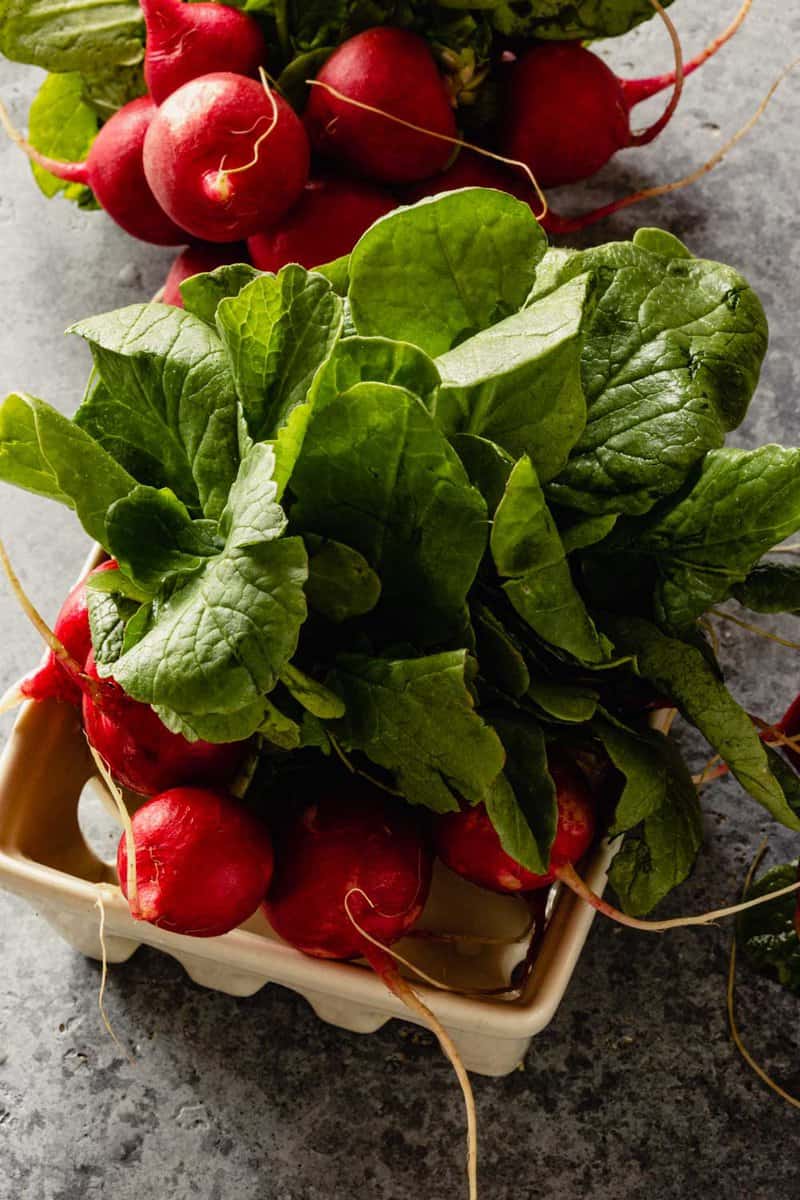
Where to Buy Radish Greens
Radish greens are not sold separately, but there may be a great business venture there! In order to get radish tops you’ll need to purchase a bunch of radishes with their leaves, or “tops’ still in tact.
Though you can find radishes almost year-round in most grocery stores, those interested in harvesting the entire plant and using the greens may want to consider smaller, more local grocers.
Farmers’ markets or local food co-ops will give you the freshest, entirely usable radish. When purchasing radishes, you’ll want to seek out those with firm bulbs and perky leaves—avoid those with off-color leaves and a mushy texture.
There are plenty of radish varietals, but some of our favorite and most commonly are the red radish, known as the Cherry Belle. Their leafy greens are perfect for harvesting and using on their own.
The White Icicle radish is also commonly seen during radish season. These oblong, white radishes are larger in size and can grow up to 8-inches long! The radish leaves of this varietal are large and full, when healthy, and would make a delicious cooking addition.
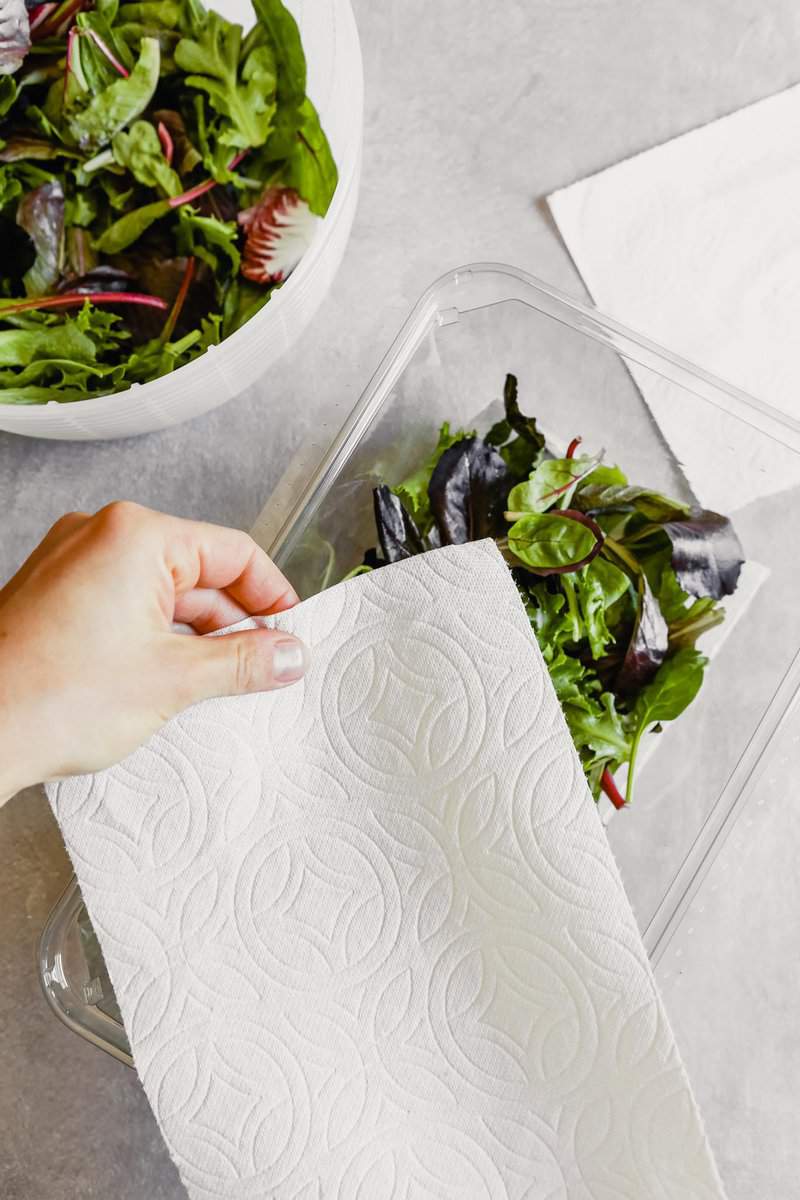
How to Store and Wash Radish Leaves
Using the entire radish plant is known as “root-to-leaf,” and the best way to harvest and store their greens is to think of them as any other leafy green or herb.
You will want to wash your greens exceptionally well (they often have a lot of grit and sand on them), especially if you’ve just purchased or harvested them.
Submerge the radish greens in a large bowl of cold water and lightly agitate to remove any dirt. Next, spin them dry in a salad spinner or lay them across paper towels and allow them to air dry for a while. Once dry, store them as you would lettuce greens, arranged between layers of paper towels in a large container.
Nutritional Benefits
Not only are radish greens tasty, but they’re good for you! The leafy greens of the radish plant are a great source of vitamins, such as vitamins A, C, and b6. They’re also high in potassium, magnesium, iron, calcium, fiber, and protein.
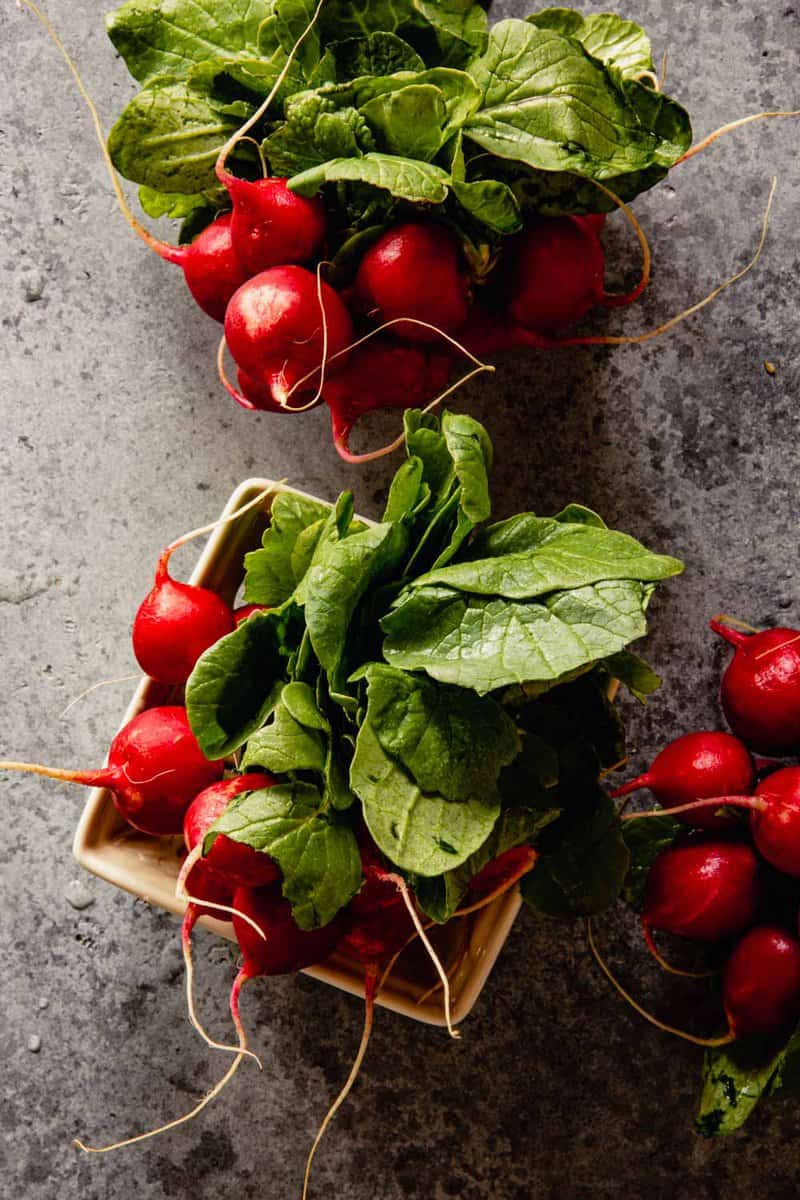
What to do with Radish Leaves
Once your leafy radish greens are separated from the plant, washed, and ready to be cooked or stored, the world is your oyster. You can leave them raw and use them in salads, sauté them for a quick veggie side dish, or in a delicious pasta dish. Need some ideas for your newly bought radishes? We’ve got you.
Radish Leaf Recipes
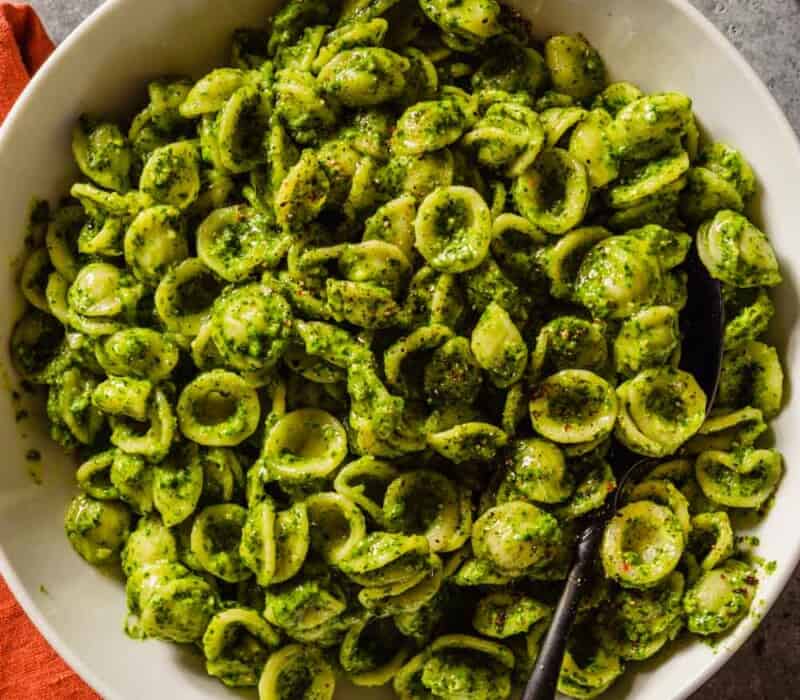
1
Radish Greens Pesto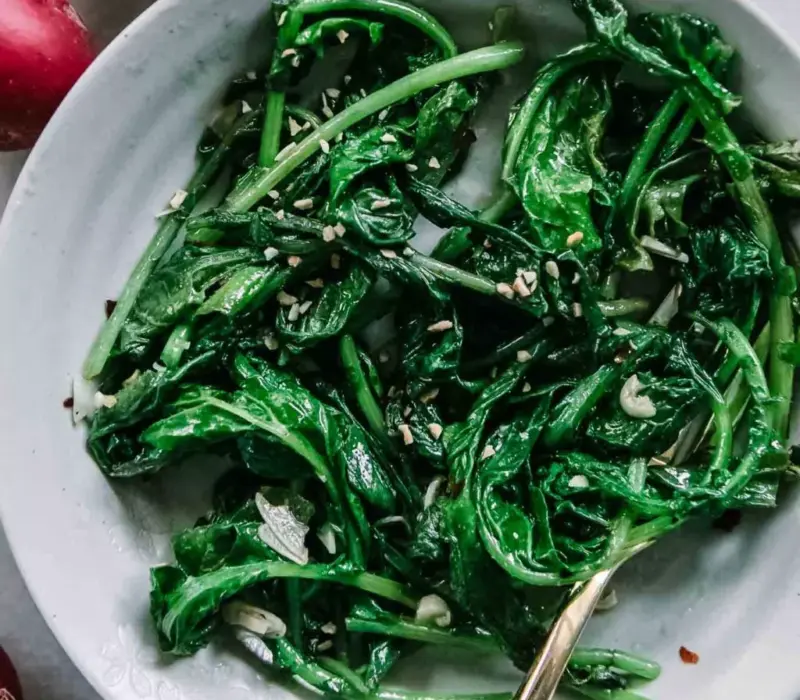
2
Sautéed Radish Greens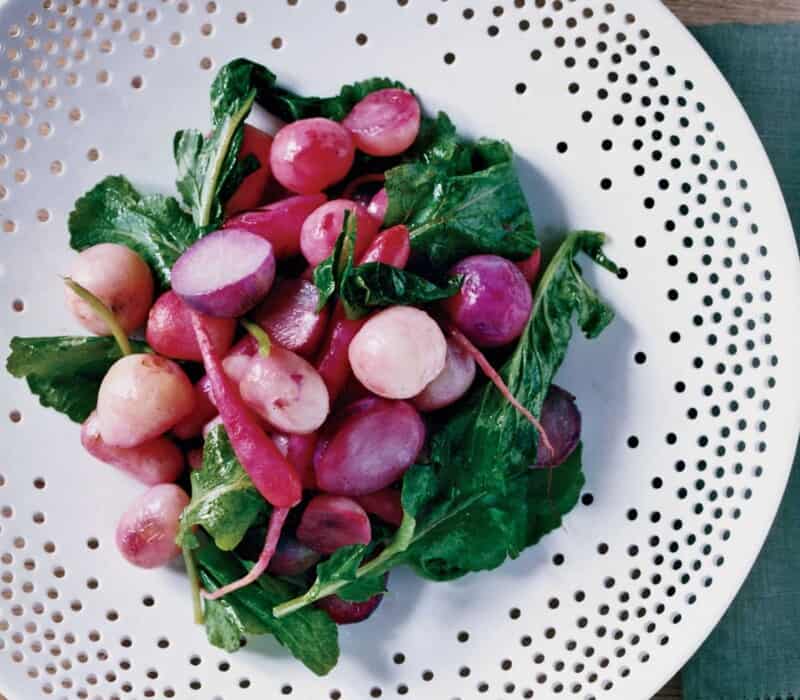
3
Roasted Radishes with Greens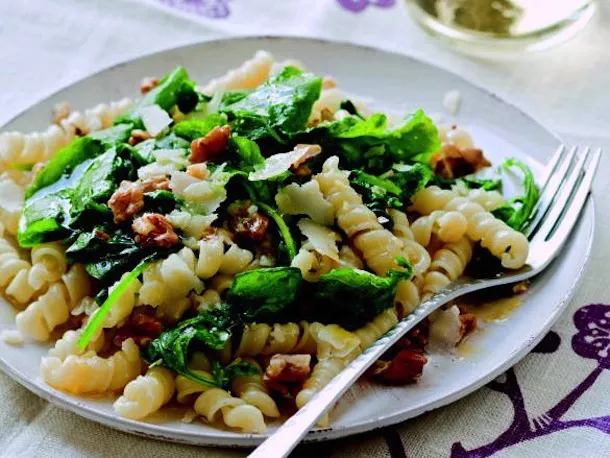
4
Radish-Top Pasta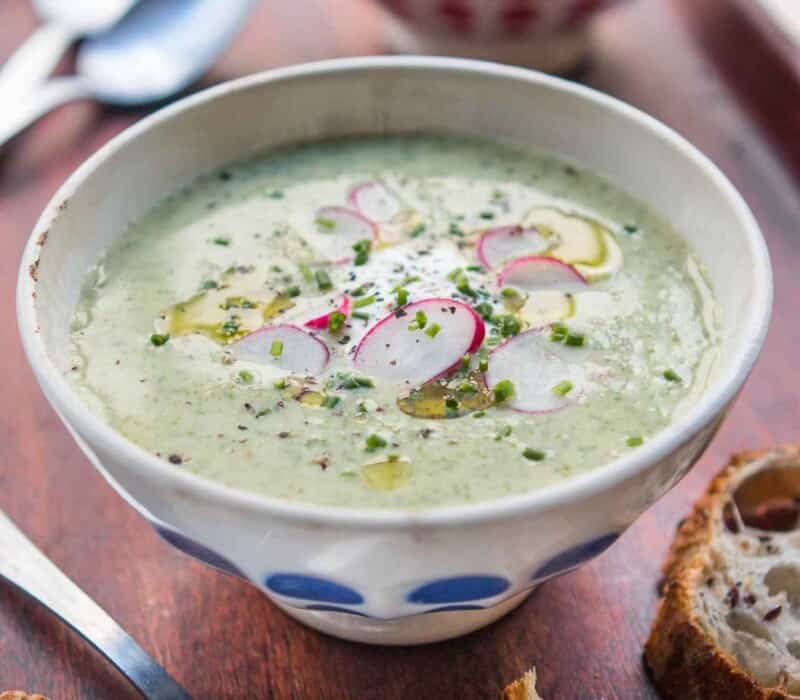
5
Radish Leaf Soup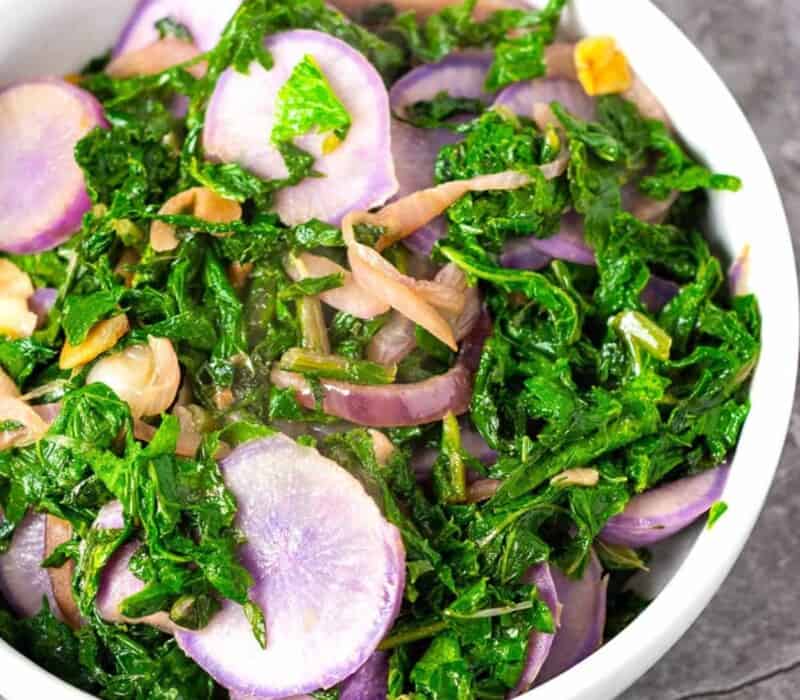
6
Sautéed Radishes and Radish Greens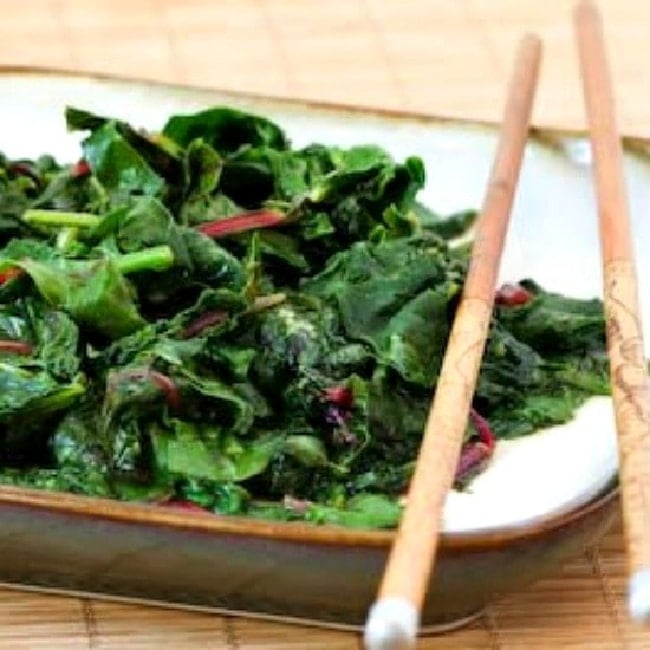
7
Stir-Fried Radish Greens and Swiss Chard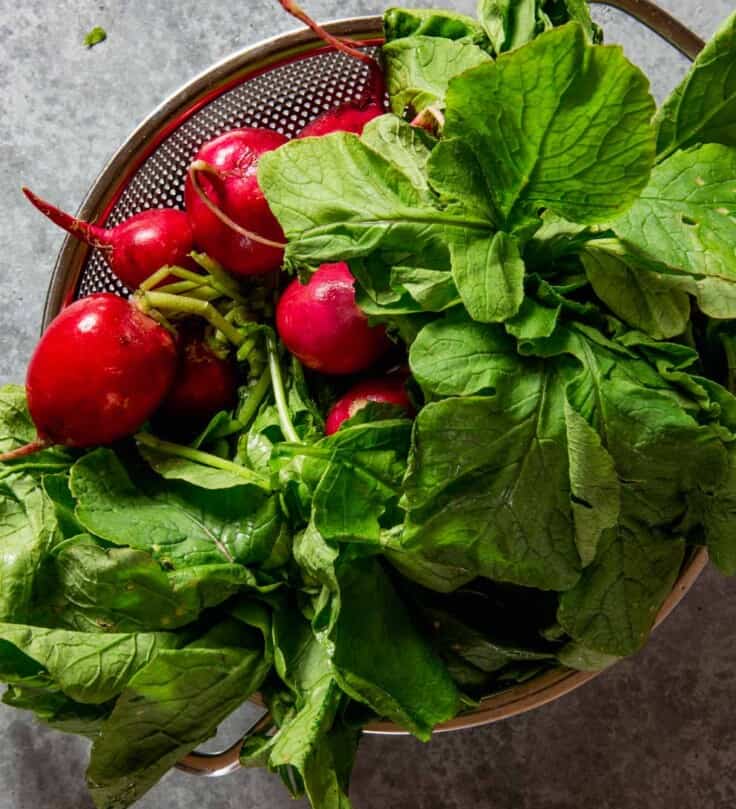
Such great ideas for rashish greens!